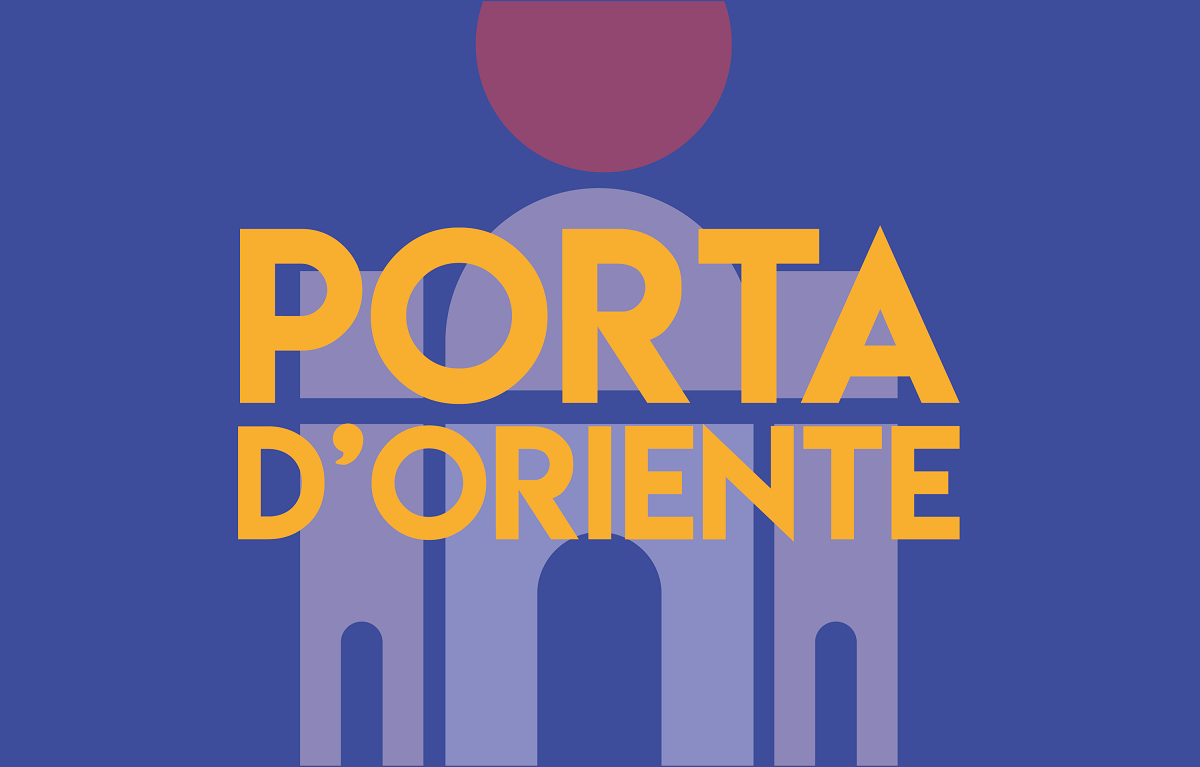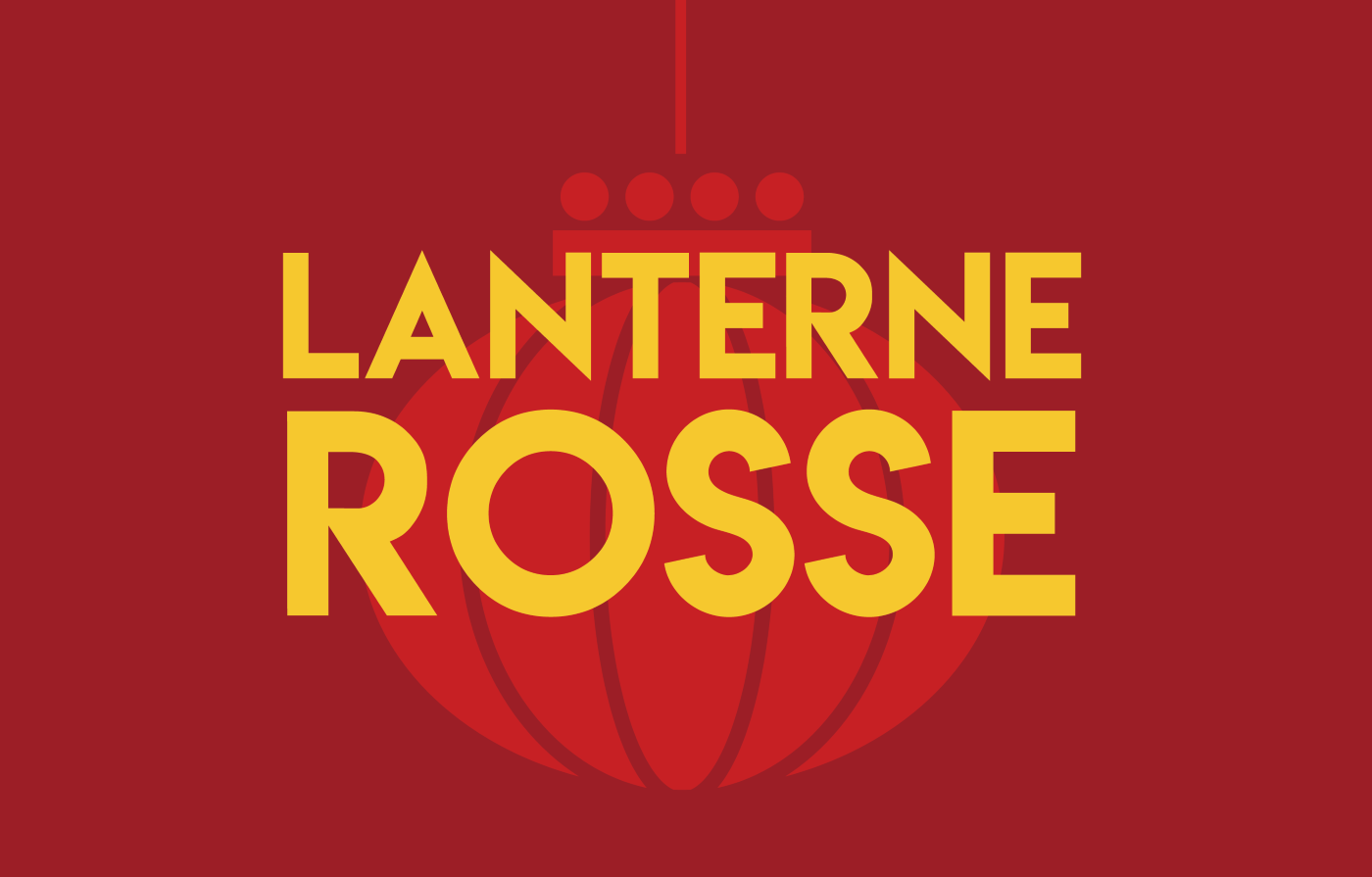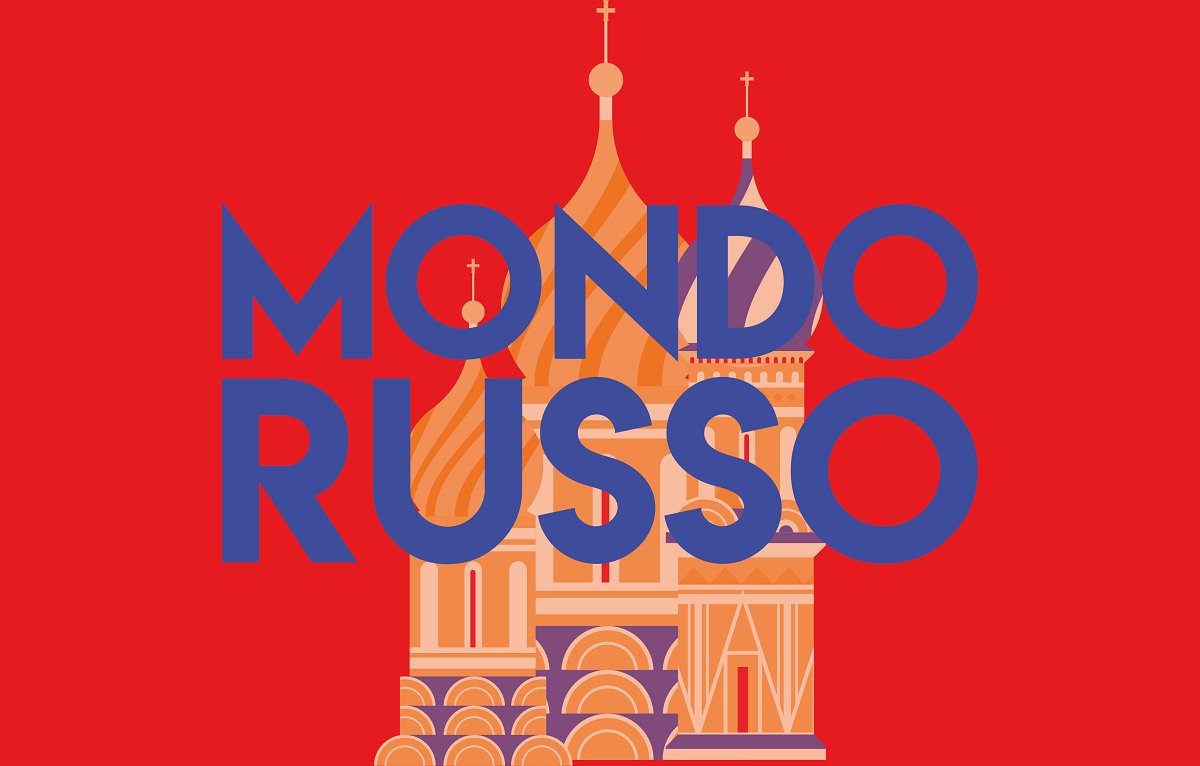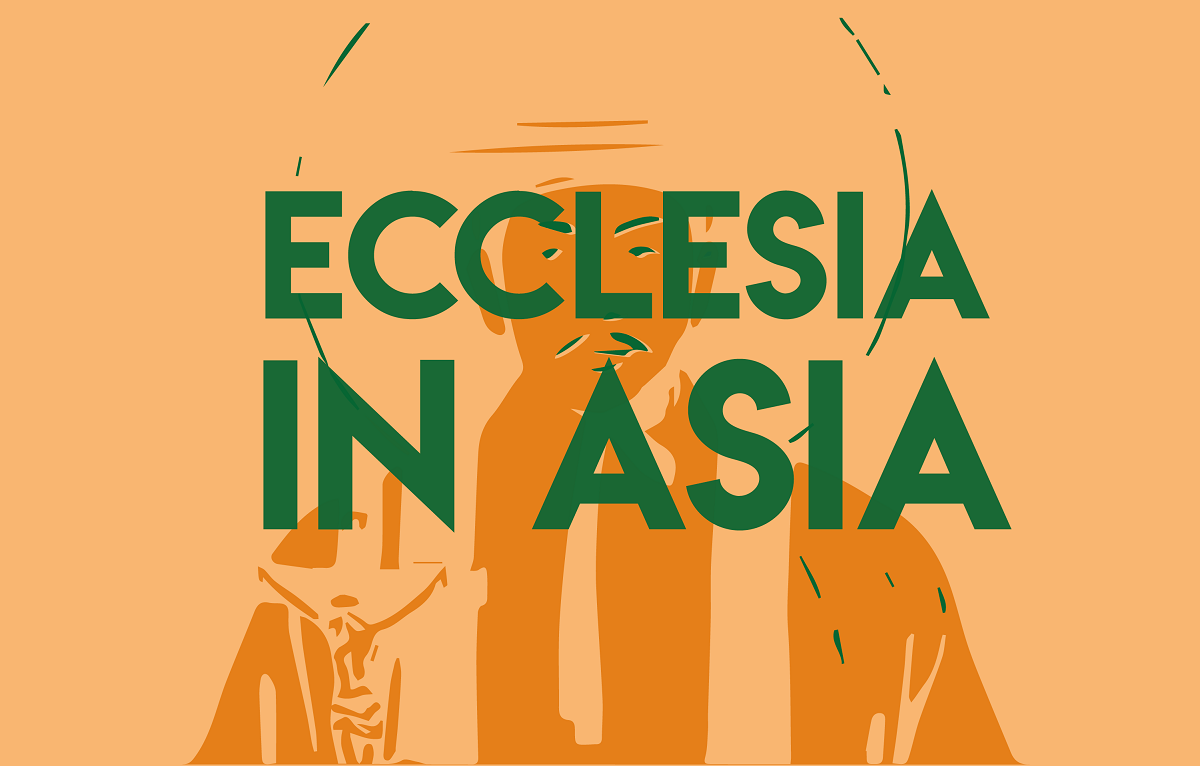At Urbaniana University Parolin and Tagle see the Council of China as a ‘seed of hope’
At the Urbaniana University, the academic year opened with the presentation of the proceedings of the conference marking the centennial of the Concilium Sinense of 1924. The first apostolic delegate to China, Card Celso Costantini, convened this historic event, which Pope Leo XIV described as a "milestone in the history of the Church in China”. For Card Parolin, “being good Catholics in no way contradicts loyalty to one's homeland”. The Council was a “moment of purification of missionary work and intention,” said Card Tagle.
Vatican City (AsiaNews) – The Council of China, which opened 101 years ago in May 1924, in Shanghai was “a milestone in the history of the Church in China,” said Pope Leo XIV in a message addressed to Cardinal Luigi Antonio Tagle, Grand Chancellor of the Pontifical Urbaniana University.
The Pontiff's words were read yesterday at the opening of the new academic year, in the Benedict XVI Aula Magna, packed with students from every continent, reaffirming the missionary vocation of the Pontifical Academy.
The proceedings of the conference held at the Urbaniana on 21 May 2024 to mark the centennial of the first and only Concilium Sinense, convened by Pius XI, were presented with the Secretary of State of the Holy See, Cardinal Pietro Parolin in attendance.
Parolin backs the provisional agreement between the Holy See and the People's Republic of China on episcopal appointments. Signed on 22 September 2018 during the pontificate of Pope Francis, it was renewed three times, the last one in October 2024 for a further four-year term.
“I imagine the Pope will continue this line," he told the press and AsiaNews upon arriving at the Urbaniana yesterday afternoon, a reference to the steps taken by the pontiff to suppress the dioceses of Xiwanzi and Xuanhua, and the appointment of Mgr Wang Zhengui as bishop.
Regarding the presence in China of an “underground” and a “patriotic" Church, he explained that the agreement seeks to overcome this division; “being good Catholics in no way contradicts loyalty to one's homeland, and collaboration for its construction and for the well-being of society as a whole,” he said.
The 2018 agreement is but the latest move in a journey that began in Shanghai in 1924. Convened by the first apostolic delegate to China, Card Celso Costantini, and attended largely by non-native missionaries, the Council laid "the foundations for the flourishing of a mature Church, fully integrated in Chinese history and culture," Card Parolin said in his much anticipated address.
The Council of China helped “remove evangelisation from the ambiguities of a possible identification with the political interests of much of the West.” It indicated the path to follow “in gradually but decisively entrusting the leadership of Chinese dioceses to Chinese priests and bishops.”
Two years later, on 28 October 1926, Pope Pius XI consecrated the first six Chinese bishops of the modern era in Rome. These initial steps were supported by the apostolic letter Maximum Illud (1919) by Pope Benedict XV, dubbed the "Pope of Missions" who inspired the Council.
This led to the encyclical Ad Apostolorum Principis (1958) of Pius XII and the letter of Pope Benedict XVI to Chinese Catholics, in 2007.
Titled “One Hundred Years After the Council of China: Between History and the Present”, the academic event inaugurating the 2025-2026 academic year at Urbaniana university, organised in cooperation with Agenzia Fides and the Pastoral Commission for China saw Card Parolin highlight several themes that “ideally unite the Council of Shanghai with the present journey”.
The prelate mentioned the “heavy legacy” colonial powers imposed on the "moving work" of missionaries at the start of the century, which led many Chinese to have a “false perception” of the work of evangelisation, seen as “an integral part of the policy of colonisation”.
Given this background, the 1924 Council soon began to "bear fruit," based on "the indispensable value of the bond of communion of all the Churches with the pope.” As a result, “The Catholic Church in China today bears many of the traits that seem to reflect the expectations expressed by the Council," the cardinal noted.
The fruitful journey of the Catholic Church in China has also been marked by “early setbacks, hardships, and traumas,” Parolin noted. These, however, should not frighten us today, as difficulties are "an almost constitutive condition of the pilgrim Church in history.” And the popes have all pointed to “the path of forgiveness, reconciliation and unity to heal wounds and walk together."
Despite seemingly “disappointing” results, we must view the provisional agreement between Beijing and the Vatican as a "tool" in a "path woven with realism, patience, and trust, to be renewed even in the face of difficult times”, a “seed of hope”, especially in the Jubilee Year.
“Chinese Catholic communities, small flocks scattered among a vast population, feel fully integrated into the reality of their nation, share its journey, and do not feel at all like a foreign body," he said.
Philippines Cardinal Luis Antonio Tagle, pro-prefect of the Dicastery for Evangelisation, also spoke at the event, sharing remarks permeated by the "common thread of mission”.
“The first Concilium Sinense was a missionary council," he said, explaining this by highlighting three aspects. First, the task entrusted to Card Celso Costantini was to "open the doors to a new and inescapable missionary spring in China," which materialised by promoting the “uniformity of missionary method”.
Costantini opened the Council of China with an address imbued with "missionary passion," indicating that the conciliar canons should tend toward the "universal good of missions" and the common goal of "the conversion of China to Christ”.
That first Council reflected several "operational" traits aimed at averting the "false perception" about the mission that Parolin mentioned, most notably by ensuring "that the writings and signs outside churches be in Chinese," nor show any “flags or other symbols that evoke other nations.”
Secondly, missionaries must "wear their religious habit," avoiding "Western-style secular clothing,” while the custom of "the faithful prostrating themselves before missionaries" was to be banned. Catholics were also barred from growing opium, an activity imposed “by Western powers”.
Finally, it was also decided that “no ecclesiastical office should be denied to indigenous priests who prove themselves suitable.”
These initiatives were not isolated episodes, beyond the "missionary horizon”, but were instead “perhaps the most significant" aspect of Pope Benedict XV's apostolic letter Maximum Illud of 1919, defined as “a gong stroke, or Magna Carta, reawakening contemporary missions.”
As Card Costantini soon realised, the letter was received by the missionary community in China with "mistrust and indifference”.
For this reason, the 1924 Council of China was a “moment of purification of missionary work and intention," Tagle explained, contributing to "changing the outlook, paradigms, and practices" of mission.
The Philippine prelate noted that, thinking today of the Catholic Church in China solely in terms of "appointments of bishops" or "relations between Chinese political authorities and the Holy See" stems from a “selective focus, conditioned by misleading stereotypes.”
This “ignores the vast and rich network of prayers, liturgies, processions, catechesis, and pastoral and charitable initiatives, often directly inspired by the ordinary magisterium of the Successor of Peter.”
This new "social harmony” was certainly first envisioned and then realised through the Council of Shanghai.
21/05/2024 22:04
29/10/2022 14:50





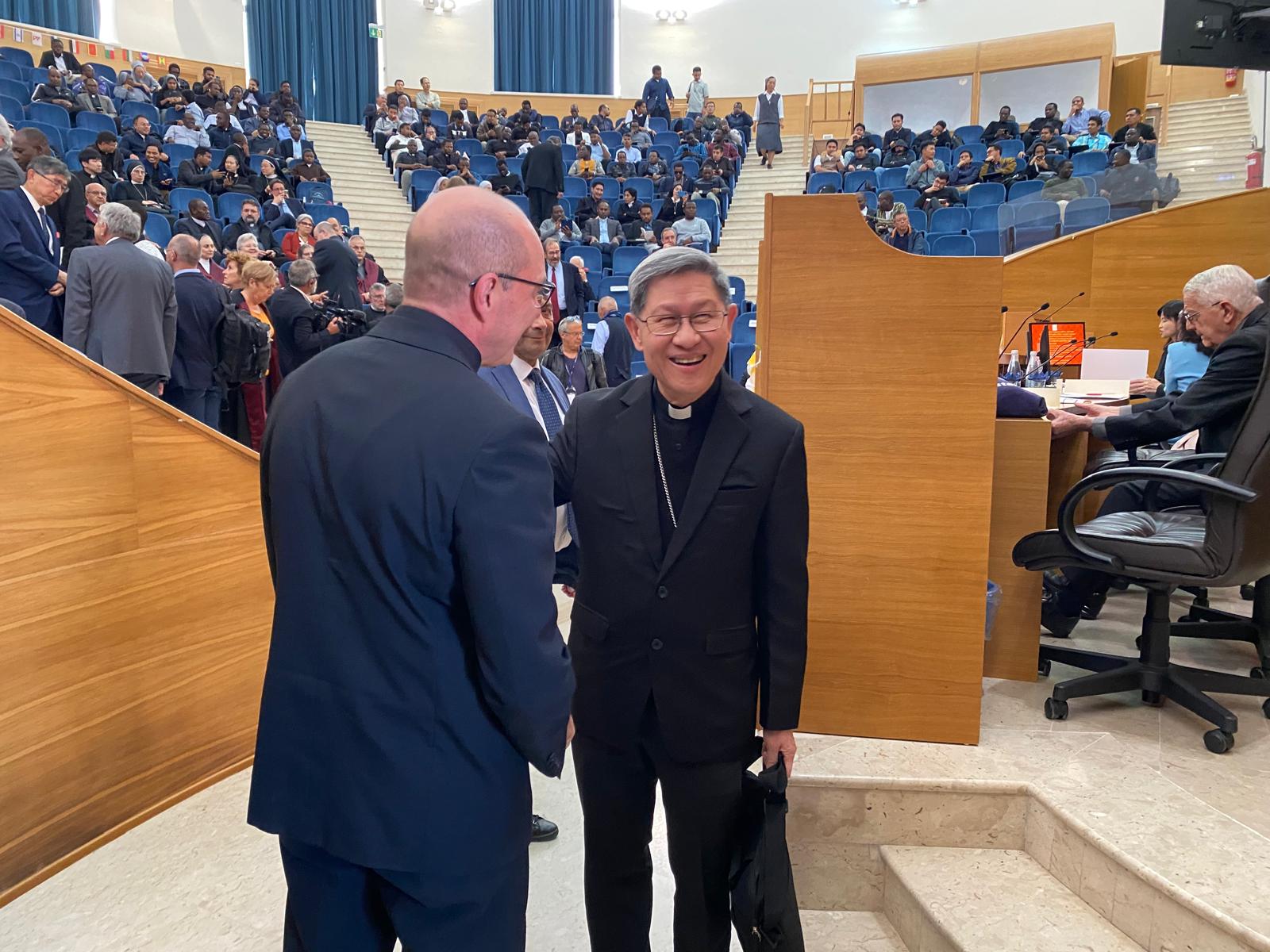
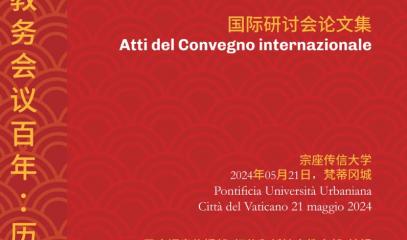

.png)
